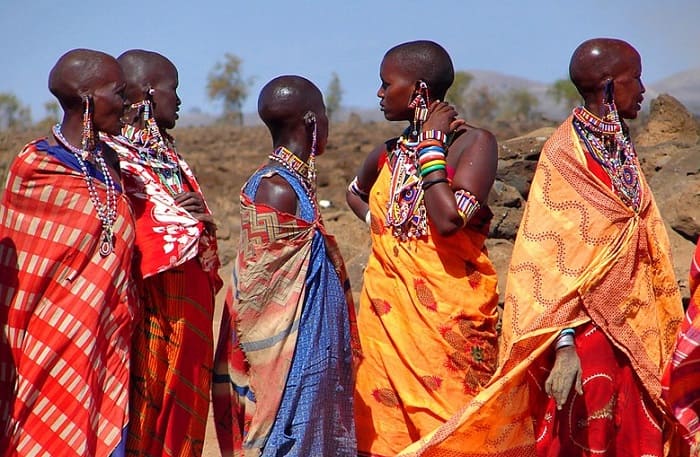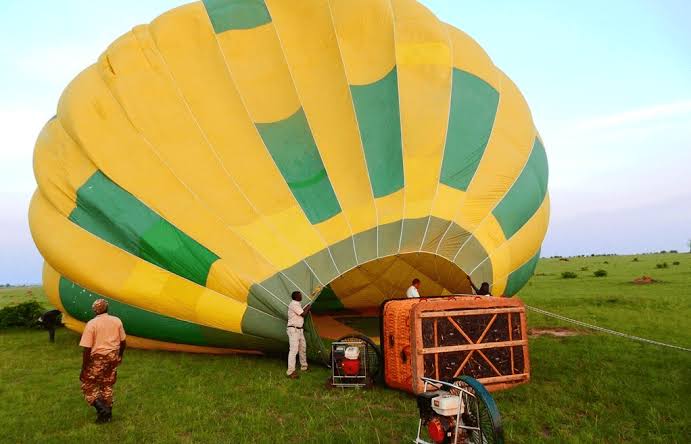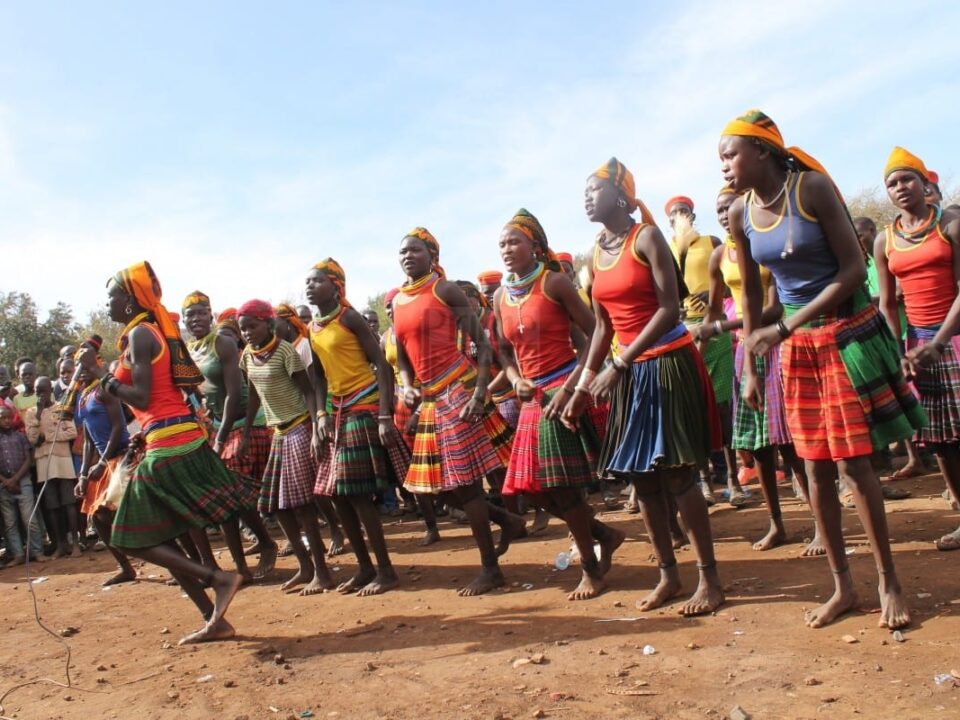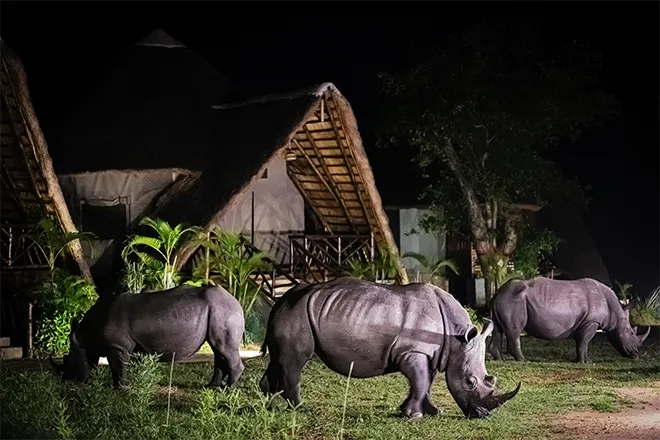- GET IN TOUCH WITH US:
- +256 753518160
- +256 777842166
- info@experiyatourcompany.com

Are there salt lakes in Kenya?
November 20, 2025
What are Kenya’s most photogenic landscapes?
November 20, 2025Can I Do Cultural Photography Safaris in Kenya?
Kenya is globally celebrated for its spectacular wildlife safaris, wide-open savannahs, and iconic landscapes framed by mountains, lakes, and deep-crusted valleys. Yet beyond elephants and lions, beyond wildebeest migrations and golden sunsets, lies another equally compelling dimension of Kenya—its rich cultural heritage. Many travelers increasingly seek to document this cultural diversity through photography. This brings us to an important question: Can I do cultural photography safaris in Kenya? The answer is a resounding yes. Kenya is one of the most rewarding destinations in Africa for cultural photography, offering vibrant communities, ancient traditions, colorful ceremonies, indigenous craftsmanship, and deeply rooted ways of life that create powerful storytelling opportunities for photographers.
A cultural photography safari in Kenya goes beyond portraits; it captures identity, heritage, fashion, rituals, landscapes, and the close relationship between people and nature. Whether you are an aspiring photographer, a seasoned professional, or a traveler with a passion for documenting human stories, Kenya offers unlimited potential. The key is traveling with respect, intention, cultural awareness, and the guidance of experts who understand how to connect you with the right communities.
Why Kenya Is Ideal for Cultural Photography Safaris
Kenya’s cultural mosaic is incredibly diverse. More than 40 ethnic communities live across the country, each with its distinct traditional attire, dances, ceremonies, architectural styles, language, food, and livelihood practices. This diversity is what makes Kenya exceptional for cultural documentation.
From the vibrant red shukas of the Maasai to the intricate beadwork of the Samburu, from coastal Swahili culture to the pastoral Borana and Gabra communities of the northern deserts, Kenya’s cultural expressions are visually rich and deeply captivating. Even within the same community, styles vary by region, age, and ceremonial significance, creating endless layers for photographic exploration.
Beyond visual appeal, Kenyan cultures are rooted in stories, values, and relationships with the land—elements that elevate cultural photography into meaningful storytelling.
The Maasai
The Maasai are among the world’s most photographed cultural groups for good reason. Their distinctive red attire, beadwork, hair braiding styles, and jumping dances create striking visuals in any setting. Maasai communities live near famous wildlife destinations such as Amboseli, the Maasai Mara, and the Great Rift Valley, making them accessible to travelers combining wildlife and culture.
For cultural photographers, the Maasai offer opportunities to capture daily life—herding cattle, tending goats, constructing manyattas (traditional homesteads), preparing food, participating in ceremonies, or performing dances. Sunrise and sunset moments on Maasai land are especially powerful, as backlighting enhances the textures of beadwork, spears, robes, and movement.
Respectful engagement is essential: introductions, permissions, participation fees, and cultural etiquette ensure a meaningful and ethical experience.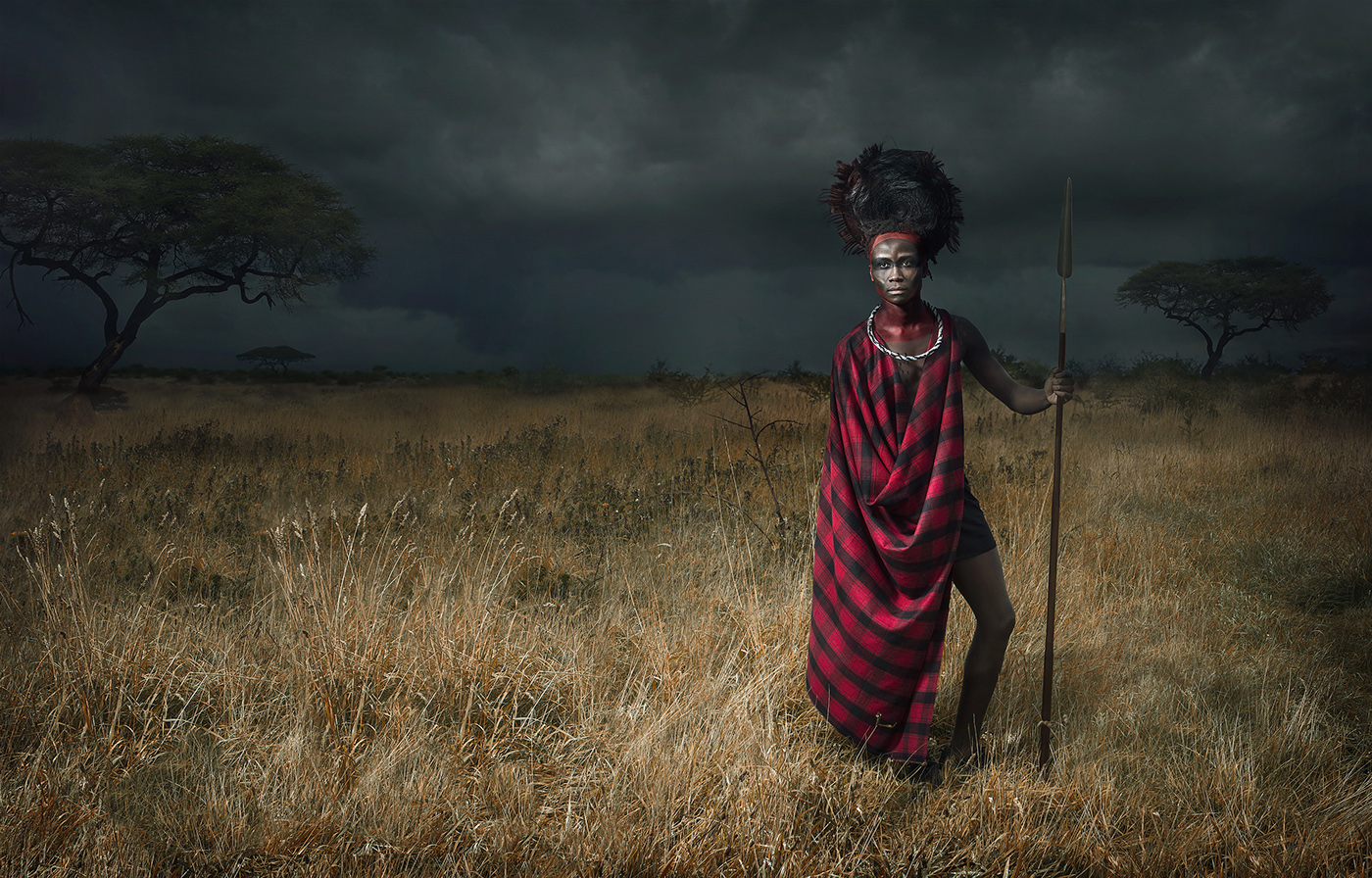
The Samburu
In Northern Kenya, the Samburu people share linguistic roots with the Maasai but have their own distinct traditions. Samburu attire features bright colors, intricate bead collars, metal bracelets, and detailed headdresses worn proudly during ceremonies. The Samburu landscape—rocky hills, dry riverbeds, and pastoral plains—creates a dramatic backdrop for photography.
The Samburu morans (warriors) are especially striking subjects, with their ochre-painted hair, beaded ornaments, and spears. Samburu villages near places like Samburu National Reserve, Westgate Conservancy, Namunyak Conservancy, and Kalama Conservancy offer authentic opportunities to document their traditional way of life.
Photographers often capture scenes of herding, traditional dances, livestock care, women creating beadwork, and community gatherings. Sunrise and golden-hour photography sessions in Samburu landscapes create extraordinary portrait and lifestyle images.
The Turkana
In Kenya’s far north, along the shores of Lake Turkana, the Turkana people offer one of the most visually powerful cultural photography experiences. Their attire features layers of colorful necklaces, leather skirts, decorated armlets, and distinctive hairstyles. The harsh desert environment creates an incredible contrast—traditional communities thriving in one of the hottest regions on Earth.
Scenes of fishing along Lake Turkana, livestock caravans moving through desert plains, and community gatherings create captivating storytelling opportunities. Cultural ceremonies, dances, and traditional huts made of palm leaves and woven branches are deeply photogenic. The golden morning light around the Jade Sea (Lake Turkana) casts beautiful shadows across the fish markets, beaches, and village surroundings.
The Swahili Culture
On the Kenyan coast, from Lamu to Mombasa, Swahili culture blends African, Arabian, Persian, and Indian influences. This cultural fusion offers a completely different style of photography—historic stone buildings, coral architecture, wooden carved doors, narrow alleys, colorful kangas, traditional dhows, and bustling markets.
Lamu Old Town, a UNESCO World Heritage Site, is a dream for cultural photographers. Women in elegant buibui outfits, men in kofia caps, fishermen repairing nets, traders navigating narrow lanes, and donkeys transporting goods all create authentic and scenic moments.
For photographers who appreciate architecture, craftsmanship, and daily life scenes, the Swahili coast is a paradise.
The Pokot and Their Ancient Ceremonies
In the highland regions of North Rift and West Pokot lies the Pokot community, known for their unique cultural ceremonies and traditional attire. The famous Pokot “sapana” ceremonies, which mark important transitions in life, are dramatic and culturally rich. They include dancing, singing, body painting, and traditional rituals that are powerful to photograph.
Pokot beadwork, especially the multi-layered beaded necklaces, is among the most intricate in Kenya. Their homesteads, cattle practices, and traditional dances offer rare photographic opportunities in one of Kenya’s least visited but culturally rich regions.
The Rendille, Borana, and Gabra: Nomadic Traditions of Northern Kenya
The arid north is home to several nomadic communities who have preserved their traditions for centuries:
Rendille – Known for camel caravans, red ochre hairstyles, and beautiful bead collars.
Borana – Famous for their Gada system (traditional governance) and striking attire.
Gabra – Desert pastoralists known for their woven caps, leather attire, and camel herding.
These communities live in landscapes of volcanic hills, sand dunes, and remote plains—settings that produce dramatic cultural and environmental compositions. Their nomadic lifestyles, livestock rituals, and traditional shelters are visually fascinating.
Ethical Considerations for Cultural Photography
Cultural photography requires deep respect and ethical awareness. Kenya’s communities are welcoming, but photographers must adhere to cultural etiquette:
Always ask for permission before taking portraits
Offer a fair token of appreciation or community fee
Avoid sensationalized or disrespectful images
Do not intrude on ceremonies without formal invitation
Learn basic greetings or cultural norms
Work with local guides or community liaisons
Ethical photography builds trust and ensures that communities benefit.
Why Cultural Photography Safaris Are Growing in Popularity
Travelers are increasingly interested in human stories, not just animals and landscapes. Cultural photography offers deeper meaning:
It allows you to connect with people
It preserves cultures through images
It creates opportunities for learning
It supports local communities through tourism
It helps diversify Kenya’s safari experience
Wildlife and culture together tell a complete story of Kenya—its land, its people, and its identity.
Can I Combine Cultural Photography With Wildlife Safaris?
Yes, and this is one of Kenya’s strongest advantages. Many cultural communities live near wildlife regions:
Maasai – near Amboseli, Maasai Mara, and Nairobi
Samburu – near Samburu National Reserve
Rendille – near Marsabit and Chalbi Desert
Turkana – near Sibiloi National Park
Swahili – near marine parks and coastlines
This makes it easy to create a balanced safari that includes wildlife, landscapes, and culture in a single itinerary.
So, Can You Do Cultural Photography Safaris in Kenya?
Without question—Kenya is one of the best destinations in Africa for cultural photography safaris. Its variety of cultures, dramatic landscapes, traditional ceremonies, colorful attire, and rich heritage create endless opportunities for powerful storytelling and captivating images. Whether you want to document the Maasai at sunrise, the Samburu during a dance ceremony, Swahili culture in ancient towns, or Turkana communities along Lake Turkana, Kenya offers a depth of cultural beauty rarely matched anywhere else.
Experience Cultural Photography Safaris With Experiya Tour Company
For a successful cultural photography safari, you need expert guidance, ethical community access, and smooth logistics. Experiya Tour Company specializes in creating immersive cultural itineraries that connect you with authentic communities across Kenya while maintaining respect, comfort, and safety. Their experienced guides, cultural liaisons, and tailored safari plans ensure travelers enjoy meaningful interactions and exceptional photography opportunities. For an unforgettable cultural photography safari across Kenya, book your journey with Experiya Tour Company.

